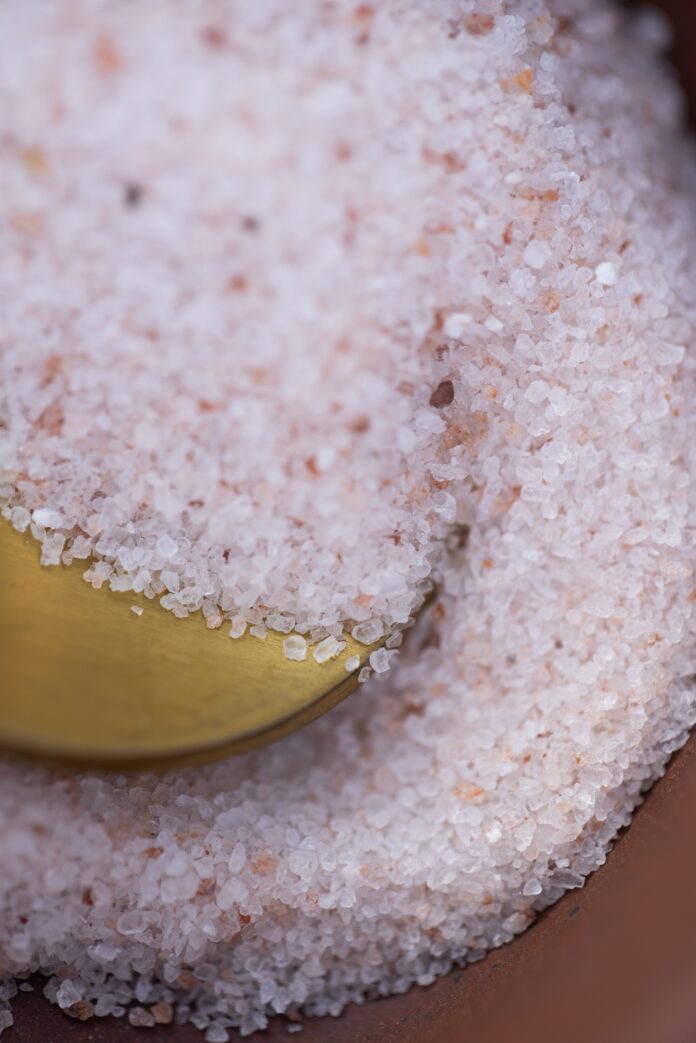What is salt?
Salt is mainly composed of sodium chloride and helps regulate vital processes in the body. Due to the harmful effects of too much salt, many people have started using pink Himalayan salt.
What is kosher salt?
Kosher salt is large grain salt. It is mined from a salt marsh. Despite the name, not all brands of kosher salt are certified or considered kosher. It is called kosher salt because its large grain size is suitable for the kosher process, which involves removing the blood from the meat or poultry before cooking. Because of its larger size, it is sometimes prefer over other table salts, making it easier to hold and sprinkle on food. Unlike other types of salt, it is made solely from sodium chloride and does not contain additives or iodine.
It is less effective than table salt, so it cannot be substitute in a 1:1 ratio in recipes.
What are the benefits of kosher salt?
Kosher salt is often preferred because its large grains can be easily picked up and sprinkled on dishes.
Some prefer it to other types of salt, such as table salt, because it is less refined and generally does not contain additives such as anti-caking or anti-caking agents.
Since it is not rich in iodine and contains no minerals, many also like its clean and tasteless taste.
It is also versatile and can be used for a variety of culinary purposes, such as garnishing, marinating or smoking meats, and canning.
Also, like other salts, sodium is a good source. While some people need to monitor their intake closely, sodium plays an important role in maintaining nerve and muscle function and body fluid balance.
Differences in taste
- Kosher salt tastes different from other types of salt.
- Because it is made only from sodium chloride and is not iodized, it usually tastes clean and fresh.
- Some people may find that iodized salt, like iodized table salt, has a slightly bitter taste.
- Other impurities, such as trace elements, can affect the taste and appearance of certain types of salt, including Himalayan and sea salt.
- Pink Himalayan salt is a natural pink salt mined along the Himalayas in Pakistan.
- Many people claim that they are packed with minerals and have incredible health benefits.
- For these reasons, pink Himalayan salt is consider healthier than regular table salt.
- But not much research has been done on pink Himalayan salt, with others insisting that these exaggerated health claims are nothing more than speculation.
- This article examines the key differences between pink Himalayan salt and regular salt and evaluates the evidence to determine which salt is healthier.
What is Pink Himalayan Salt?
Pink Himalayan salt is pink salt from the Kheura salt mine near the Himalayas in Pakistan. The Kheura Salt Mine is one of the oldest and largest salt mines in the world. The pink Himalayan salt collected from the mine is believe to have formed from the evaporation of ancient bodies of water millions of years ago. The salt is manually harvests and minimally process, resulting in an unrefined product free of additives and considered more natural than table salt. Like table salt, pink Himalayan salt is primarily sodium chloride. However, as a result of the natural harvesting process, Himalayan pink salt contains many other minerals and trace elements that are not found in regular table salt. According to some estimates, it may contain as many as 84 different minerals and trace elements. In fact, the mineral, especially iron, gives it its distinctive pink color.
Are the health claims true?
Himalayan pink salt contains only small amounts of additional minerals, but many still claim that it can provide many health benefits. The reality is that many of these claims are not supports by research. Some commonly advertised health claims for pink Himalayan salt include:
- Improvement in lung diseases
- It balances the pH of your body
- reducing the signs of aging
- Improves sleep quality
- Blood sugar control
- Increase the desire
Some of the claims made about the non-food uses of Himalayan pink salt may be loosely based on research. Several studies have evaluated the use of salt caves in the treatment of various respiratory diseases. The results suggest that there may be some benefit, but overall further research is need to investigate its effectiveness.



